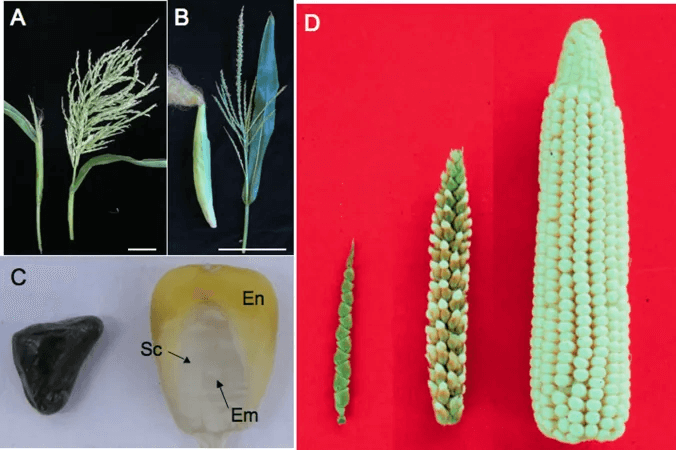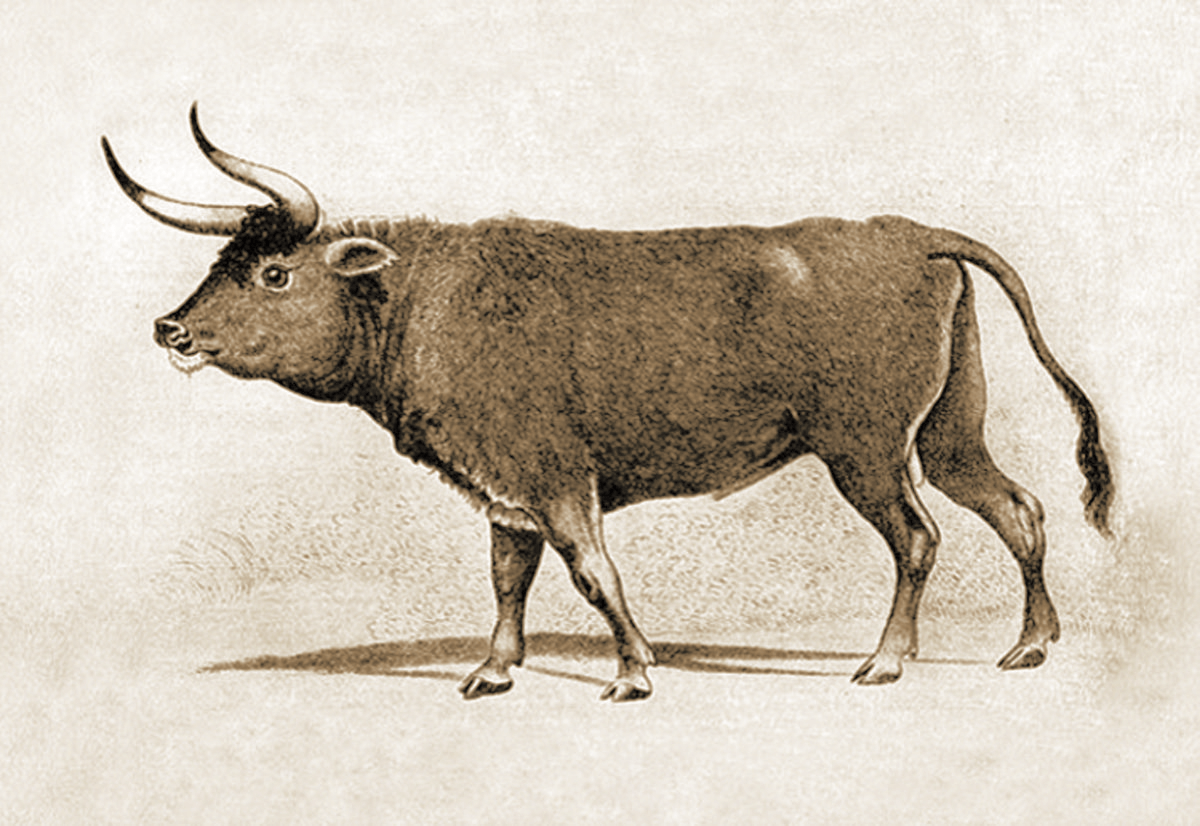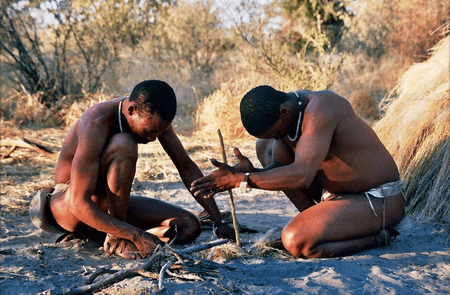But the simple truth is that all the crops and animals we farm have been genetically modified from their natural or ‘God-given’ counterparts.
Maize is unrecognisably transformed from its original ancestor, a slim grass called teosinte. Some time around 9,000 years ago in the Balzas Valley in Mexico people began transforming that wild grass into a crop so unnatural that today it cannot reproduce without human assistance.

Modern wheat is an extraordinary genetic monster, with six copies of each chromosome, derived from three wild ancestors via two separate hybridisation events around 10,000 years ago, producing a domesticated plant that cannot survive without human intervention.
The humble potato is utterly transformed from the small, hard, toxic tuber to be found growing in the wild above 3,000 metres in the Andes. Who discovered, 9,000 years ago, that it could be bred into a tasty meal, indeed the most productive food plant we know, we will never know.

It is not ‘natural’ for potatoes to grow outside the tropics, or below 3,000 metres in altitude. And bearing in mind the former Prince of Wales’ comments referred to above, let’s remind ourselves that clergymen forbade their parishioners from eating potatoes in England as late as the 18th Century, for the magnificently stupid reason that they are not mentioned in the bible.
The chickens that we eat 18 billion of every year, and which are the commonest bird in the world by some margin, are much altered from the slim, shy, fast-flying red junglefowl that are their ancestral species. Modern poultry breeds – whether free range or intensively reared – are in every sense a man-made phenomenon, produced by selective breeding.
The wild ancestor of the cow, known as the aurochs, is extinct, and by all accounts was a vastly different creature from any modern breed we know today: fierce, slim and fast. Domestication has shrunk the brains of cattle and made them unnaturally docile, a feat achieved by delaying the migration of neural crest cells in the developing foetus of a calf, and which coincidentally also produces a white blaze on the head of many domesticated animals, because neural crest cells give rise to melanocytes as well as stimulating the parts of the brain that cause reactive aggression.

Another pointer to the unnatural nature of food is that our ability to digest food depends on the effect of cooking which, let’s face it, is not a natural process.
Nobody knows for sure when controlled fire was first invented or where. According to hints in the archaeological evidence it could have been half a million years ago or two million, and it could have happened once or many times. But the anatomical evidence is rather stronger: human beings cannot subsist on raw food alone; our bodies are adapted to cooked food and have been for almost two million years, implying that controlled fire is just as old.
Some people try to live off raw food today. The result is that they always lose weight, and suffer from infertility and chronic energy deficiency, however much they fill their bellies. The human gut is just not adapted to extract enough energy from raw vegetables, raw meat, nuts or fruit.
Every human society that has been contacted cooks food, however simple their ecosystem and their dependence on particular species. From the Inuit to the Yanomamo to the Fuegian Indians, every society revolves around the cooking fire.

Cooking predigests food. It gelatinises starch, almost doubling its digestible energy. It denatures proteins, increasing the energy available from eating an egg or a steak by around 40%. It is like having an external extra stomach.
Cooking therefore explains why human beings have evolved to have small teeth, small stomachs and a gut that is only a little over half as big as in other apes, relative to our body weight. This was also a crucial step in the expansion of the human brain. In adding to the size of an energy-hungry organ atop the neck, early hominids could not sacrifice the liver or the muscles, but they could and did save on the stomach and gut.
The act of cooking released the possibility of bigger brains. Our bigger brains are therefore man-made, and ‘unnatural’.

So, in relation to food, I would argue that there is no moment, or red line, when humankind stopped doing natural things and started doing unnatural ones. Technology is a continuum from evolution, with biological innovation and human innovation inextricably inter-linked in a process of gradual, incremental attempts to find more efficient and sustainable ways to feed ourselves.
Supported by improved scientific knowledge, that process continues to this day with innovations such as more advanced breeding technologies, precision farming, artificial intelligence, vertical farms and lab-grown meat.
Those arguing that we should adopt a more ‘natural’ approach to farming really mean turning to old-fashioned, less productive and less efficient forms of food production. The evidence suggests they are misguided. The more scientific and artificial our food system becomes, the more likely it is to sustain both humankind and the natural environment.
Matt Ridley is a member of the Science for Sustainable Agriculture advisory group. He is the author of numerous books on science. He has been a journalist and a businessman and served for nine years on the House of Lords. He lives on a farm in Northumberland. Find Matt on Twitter @mattwridley
This article is part of a GLP partnership with Science for Sustainable Agriculture (SSA), a new UK-based policy and communications effort offering information, comment and debate around modern, sustainable agriculture and food production. Supported by an independent advisory group of political, scientific and industry leaders from a range of backgrounds, SSA provides a platform to explain the vital role of agricultural science and technology in safeguarding our food supply, tackling climate change and protecting the natural environment. SSA stands ready to comment on and challenge unscientific positions or policy decisions on sustainable agriculture. Further information about SAS is available here. Check out Science for Sustainable Agriculture on Twitter @SciSustAg































